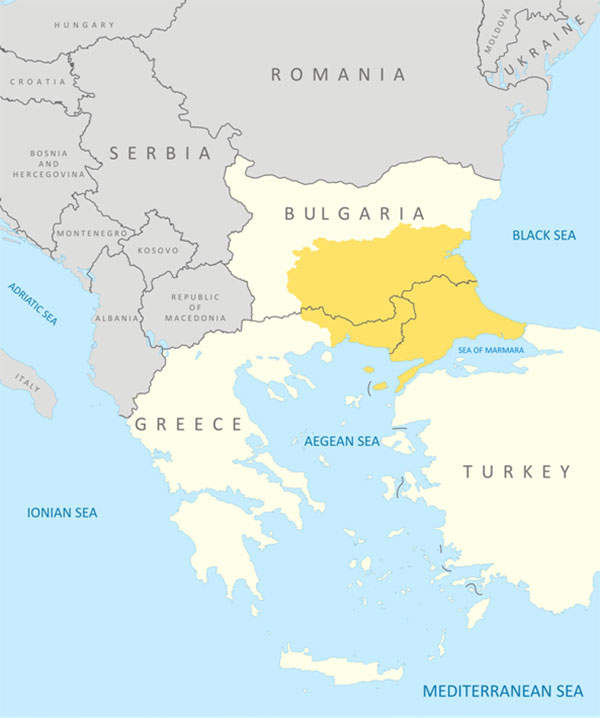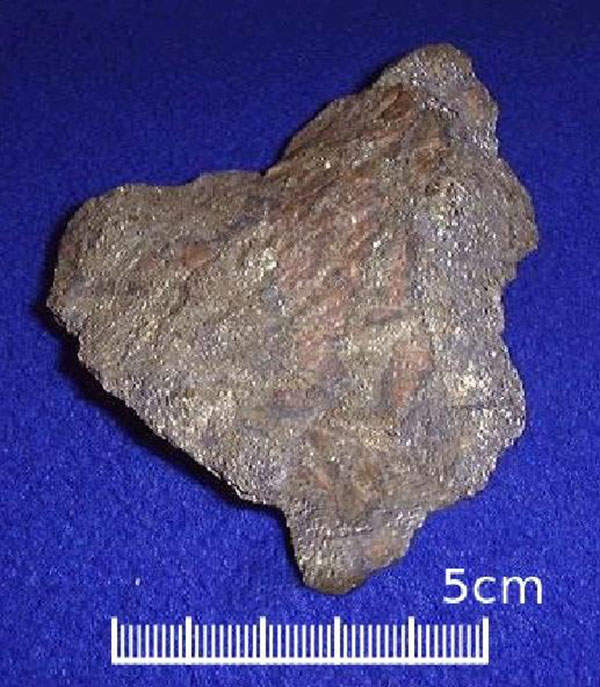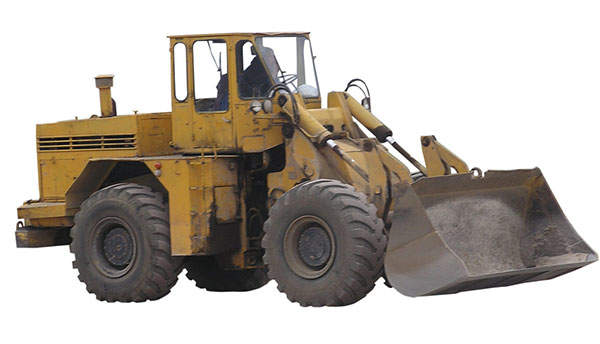Perama Hill Gold Project is located 30km away from the city of Alexandroupolis and 20km away from the town of Sapes. The site is situated in the eastern Thrace region of northern Greece.
The $220m project includes two mining titles and two mining exploration licenses. The mining titles are spread over an area of 1,897ha and the mining exploration licenses are stretched in about 1,762ha of land.
The mine is expected to have operational life of eight years. Its commercial operation will begin in early 2015.
Eldorado Gold operates the project through its wholly owned subsidiary, Thracean Gold Mining (TGM). Franco-Nevada holds a 2% net smelter return (NSR) royalty in the project.
Eldorado Gold received approval for the Pre-Environmental Impact Assessment (PEIA) study of the project in February 2012. Construction will be started upon receiving approval for the final environmental impact assessment, which is expected in the first quarter of 2013.
Reserves and resources of Perama Hill gold project
The measured and indicated resources of the Perama Hill gold project are estimated at 1.38 million ounces (oz), grading at 3.46g/t of Au. Proven and probable reserves are estimated at 975,000oz, grading at 3.13g/t of Au.
Gold production from Perama Hill
The mine is expected to produce 1.25 million tons (mt) of ore with 350,000t of waste and low-grade material. Annual gold production is expected to be 110,000oz at a cost of $288/oz.
Geology and mineralisation of Perama Hill gold deposit
The Perama hill gold deposit is an oxidised high-sulphidation epithermal deposit of Eocene to Oligocene age. It is a stratabound and sediment-hosted deposit located at the eastern graben fault.
Mineralisation at the deposit occurs in felsic volcanic sandstone and andesitic volcanic breccias. The volcanic sandstone is thick bedded to massive, and contains crossbedding, wood fragments and fossil tubes. The andesites are composed of reworked hyalocasite, conglomerates and reworked tuff or ash.
The deposit is fine-grained and uniformly spread across the region. The width of the deposit at the edge varies from 15m to 20m. The mushroom-shaped central part is 120m thick.
The gold mineralisation is fed into the system through structurally controlled feeders inside the andesitic volcanic breccia and distributed into the volcanic sandstone. The sandstone holds 80% of the gold, and the rest is found within the andesitic volcanic breccia and conglomerates.
The gold mineralisation sulphide ore is associated with pyrite and telluride, whereas that in the oxidised portion occurs in micro size along with quartz, clay and hematite.
During the cyanide bottle roll test, the oxidised portion of the project recovered an average 90% of gold and the sulphide mineralisation recovered 2.5% to 16.5% of gold.
Gold mining and processing at Perama Hill
The Perama Hill gold project will be mined using conventional open pit methods as the ore body is located at the surface, with a low strip ratio.
The mining equipment will comprise of six 33t trucks, two matching backholes and a front-end loader to pile the ore at the crusher.
The processing plant will include crushing, milling, Carbon In Leach (CIL), elution and tailings detoxification facilities. Around 90% of the gold and 60% of the silver is expected to be recovered from the ore.
Exploration at Perama district
Related project
Amulsar Gold Mine Project, Vayots Dzor Province, Armenia
Amulsar gold mine is located 170km south of the capital city Yerevan in Armenia.
Eldorado Gold’s exploration programme for the Perama district consists of 5,200m of drilling at the Perama Hill and Perama south deposits. The programme will also examine the structurally controlled mineralisation stuck between the two deposits adjacent to the East Graben Fault.
Infill drilling is planned to be carried out to discover better distributions of gold in the western margin deposit at Perama Hill. Stepout holes will be drilled to explore the down-dip extension of the potential regions at the Perama south deposit.
Detailed geological, soil and rock chip sampling programmes are currently underway to identify new deposits at the project site.






